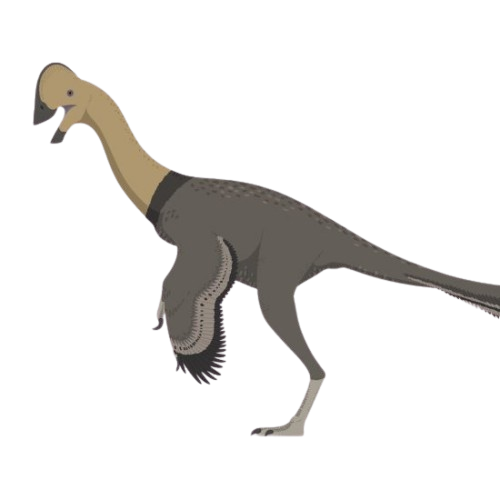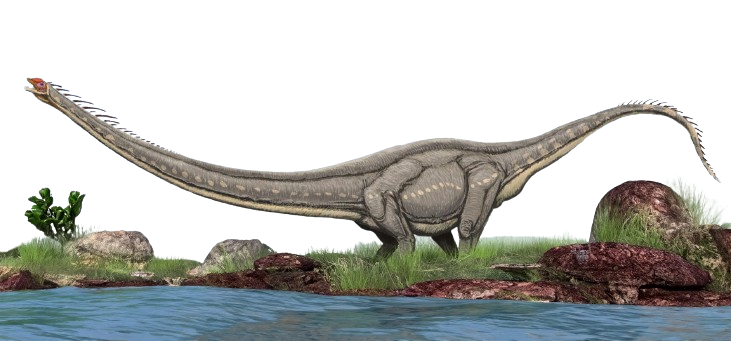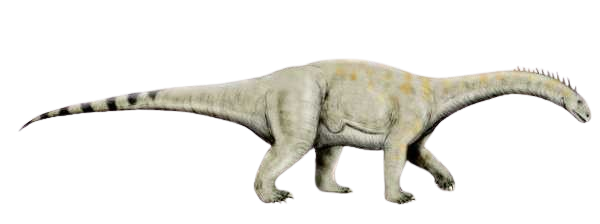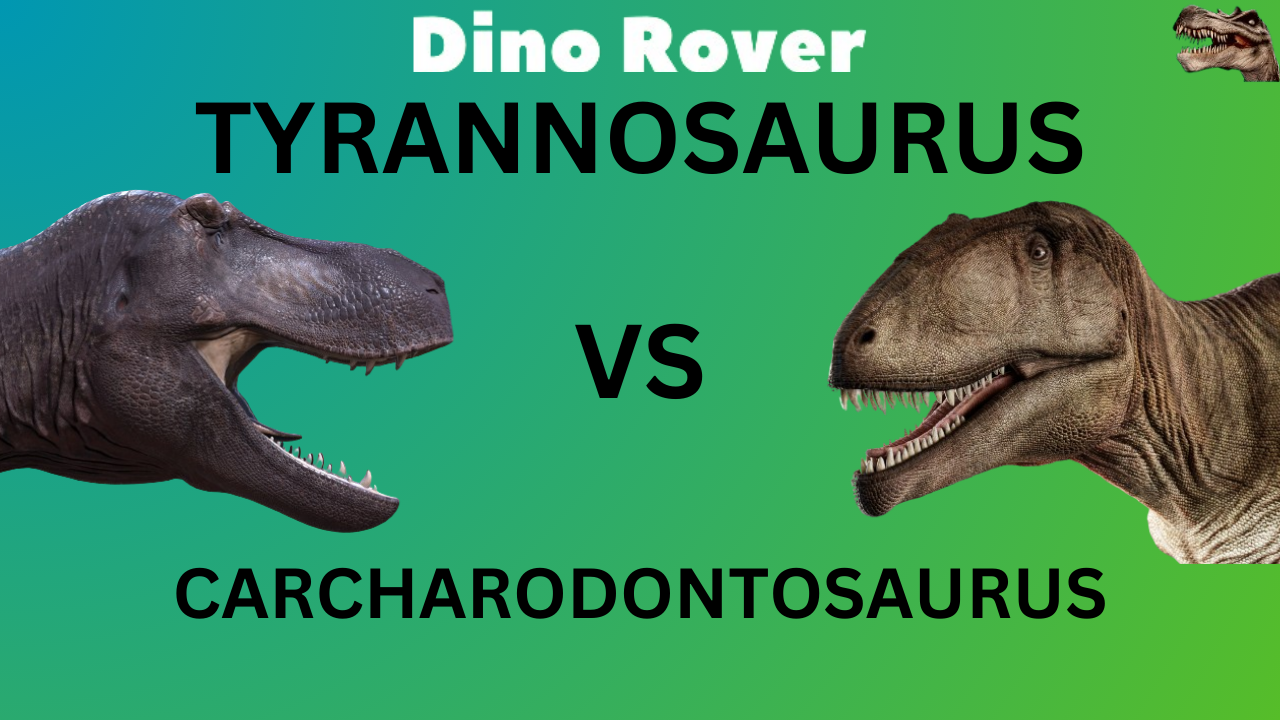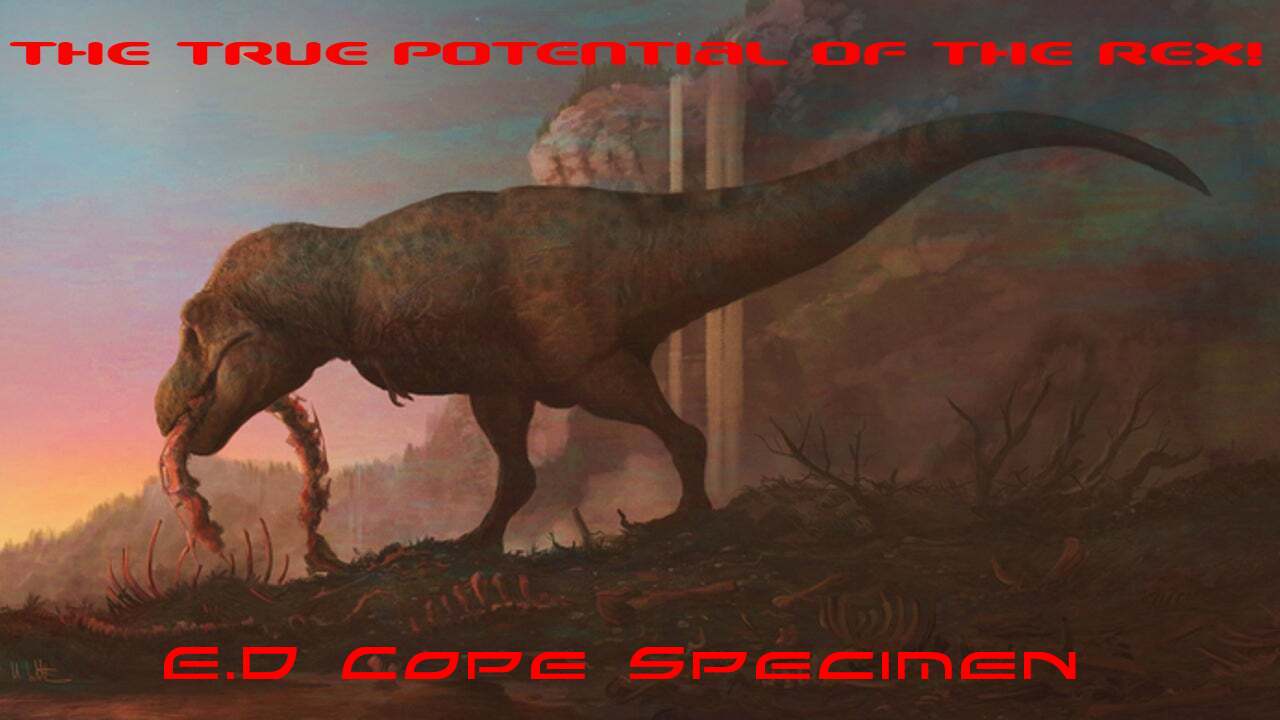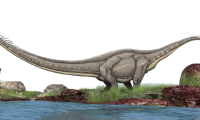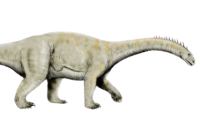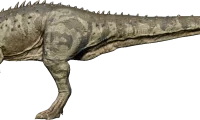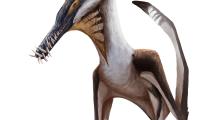icrovenator, derived from the Greek words “micro” meaning small and “venator” meaning hunter, is a genus of small, agile dinosaur known for its rapid locomotion and slender build. Belonging to the group of theropod dinosaurs, Microvenator roamed the Earth during the early Cretaceous Period, approximately 119 to 113 million years ago. This period was characterized by warmer global temperatures and higher sea levels due to the absence of polar ice caps.
Measuring about 4 feet (1.2 meters) in length and weighing between 6.5 to 14 pounds (3 to 6.4 kilograms), Microvenator was comparable in size to a modern-day turkey. Its skeletal structure suggests adaptations for swift movement, including long, slender legs that enabled it to run at considerable speeds.
The anatomy of Microvenator is characterized by several distinctive features. It had a small head perched atop a long neck, adorned with large eyes that likely facilitated keen eyesight, crucial for hunting in its environment. Its elongated snout possibly housed a toothless beak, a feature commonly observed in some theropod dinosaurs. The arms of Microvenator were notably short, each ending in three elongated fingers tipped with sharp claws, indicative of its predatory nature.
Microvenator’s lower limbs were particularly noteworthy, resembling those of modern birds, with three clawed toes on each foot. This bird-like anatomy suggests that Microvenator was well-adapted for a cursorial lifestyle, utilizing its legs for rapid pursuit of prey across its habitat. Fossil evidence indicates that Microvenator inhabited the region corresponding to present-day Montana, USA. Its remains, although fragmentary and possibly representing a juvenile individual, provide valuable insights into the anatomy and behavior of this ancient predator.
As a carnivorous dinosaur, Microvenator likely subsisted on a diet consisting of small reptiles, mammals, and insects. Its agile and swift nature would have made it a proficient hunter, capable of ambushing or chasing down its prey with efficiency. The discovery and subsequent study of Microvenator by paleontologist John H. Ostrom in 1970 shed light on the diversity of small-bodied theropods during the early Cretaceous period and contributed to our understanding of dinosaur evolution and ecology.


